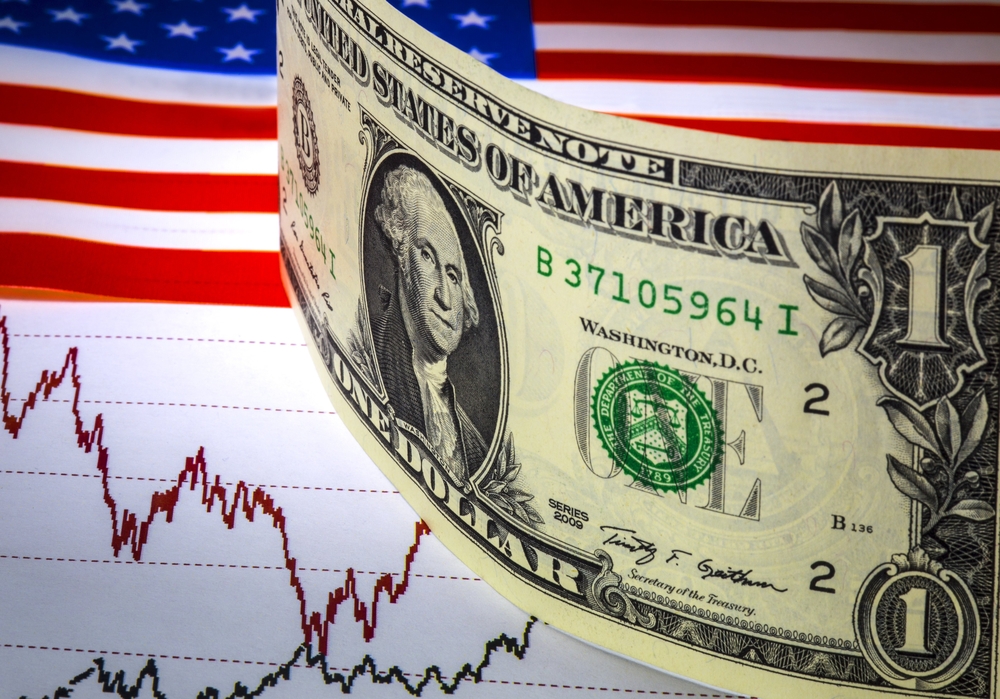The financial mainstream media has been recently full of articles regarding the rise of sterling during 2017 and its continual rise in 2018. The press became extremely excited on Thursday January 25th as GBP/USD rose through the 1.4300 handle, before retracing to circa 1.4100, a level approaching the pre Brexit referendum vote. As forex traders we can often become seduced by such headlines, without analysing the reasons why. It’s important that we dig a little deeper beyond the headlines, in order to investigate the reasons for the rise of any forex currency pair, rather than simply assume it reflects strength in the domestic economy of a particular currency.
We’ll use the current situation of GBP to dig that bit deeper, and in doing so will highlight some of the observational skills, both technical and fundamental, which we can transpose to analyse any currency, or currency pair. There’s also another tool we can use to evaluate other currencies’ performance versus the dollar and it’s referred to as the dollar index.
Sterling rose in 2017 across the board versus its peers and since the start of 2018 the U.K. pound has made significant gains versus many of its peers, most notably a rise versus the U.S. dollar. GBP/USD is up circa 3% in 2018, finally breaching the critical 1.400 handle on Monday January 22nd, then moving up through the 1.4300 handle. GBP/USD is still approx 7% below its 1.500 level, witnessed shortly before the referendum decision. However, at the turn of the year 2015/2016, GBP/USD was circa 1.5200, therefore it’s still approx. 8% below the peak 2016 level.
How the dollar index reveals clues as to the real level of appreciation of its peers.
There’s a danger for cable traders singularly focusing on sterling’s appreciation versus the U.S. dollar and it concerns the issue of dollar weakness. Whilst it’s difficult to quantify the exact impact dollar weakness has had on the value of cable as opposed to (supposed) pound strength, we can look to the dollar index for clues. The 52 week range of the dollar index has been circa 89 – 102, its fall in 2017 was circa 12.7%. The dollar index is a basket of currencies, the breakdown is as follows;
• Japanese yen (JPY) 13.6% weight.
• Pound sterling (GBP), 11.9% weight.
• Canadian dollar (CAD), 9.1% weight.
• Swedish krona (SEK), 4.2% weight.
• Swiss franc (CHF) 3.6% weight.
• Euro (EUR) 57.6% weight.
On the morning of Thursday 25th January the U.S. Dollar Index (USDX, DXY) reached a three year low below 90.00 at 89.00. Forex traders will also note that USD recently fell to a three year low versus the euro, therefore the conclusion can be reached that what we’re witnessing in relation to sterling isn’t necessarily pound strength, but extreme dollar weakness. If we analyse the U.K. pound’s performance versus another currency, then a clearer picture begins to emerge of the so called “sterling recovery”.
EUR/GBP was approx. 74.00 at the time of the Brexit referendum, it’s now 88.00, a rise of circa 18%. At one stage during 2017 EUR/GBP reached 93, a rise of just over 25%. The Eurozone and the wider E.U. is the U.K.’s chief trading partner, it’s also the area that the U.K. Brexit negotiating team are looking to extricate the country from, economically and socially. Therefore any relative pound strength should always be gauged against the euro first and foremost and not the dollar. Whilst oil is priced in dollars there could be an argument put forward that a rising pound v dollar is good for the U.K. economy, the import of fuel will theoretically be cheaper and during times of heightened inflation keeping a lid on one of the most inflationary import factors (by accident or design), is a beneficial by product.
Undoubtedly the pound did recover versus many of its peers during 2017, many in the: trading community, analysts and investors expected that the intended Brexit impact would hit hard in 2017, but this was premature and clumsy analysis. As a consequence a relief rally in the pound took place in 2017, as the shock and awe and the prettied recession of biblical proportions failed to materialise.
Many market commentators warned during 2017, when economic readings came in above forecasts, that the “U.K. hadn’t left yet” and until it did so the economic impact of Brexit was impossible to analyse. Even if the U.K. get all it’s ducks in a row, with regards to the intended transitional 1-2 year period (if they’re granted one), we’ll still be none the wiser as to what the full impact of leaving the E.U. will be. Only once the U.K. is perhaps two years into its exit can we logically calibrate the impact. In the meantime investors would be best focusing on EUR/GBP in relation to pound strength, this cross currency pair has the added benefit of providing a perfect barometer regarding the overall sentiment of Brexit.
These are just some ideas regarding the critical thinking as forex traders that we should apply to any headline we see and any article we then read. We wouldn’t simply accept at face value that, for example; “sterling is strong” without applying our forensic skills to the situation. In doing so we’ll be able to apply such skills in our future decision making.





